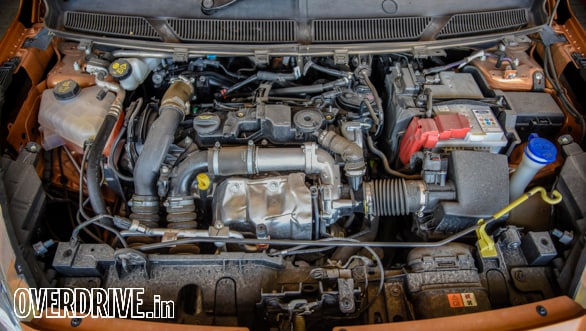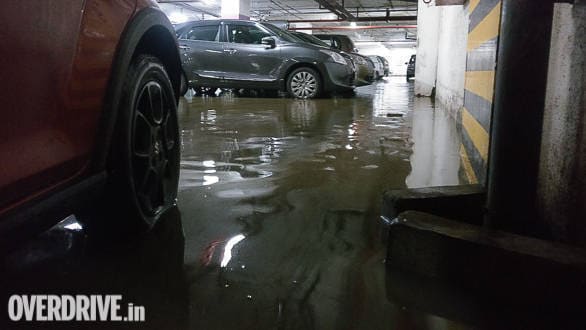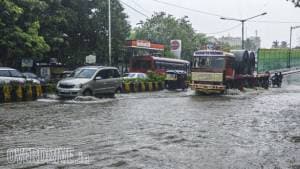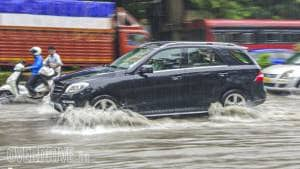Mumbai Rains: Top 3 things to do to recover your car if it's flooded
Waterlogging is an unfortunate urban phenomenon and as Earth's weather gets more and more angry, the intensity and frequency is increasing. Or so the reports will you believe. But the most common fallout is a flooded vehicle. It could be stranded in the middle of nowhere, or just parked outside the house as usual as the rains slowly flooded it. Mumbai's recent rains, just like the last time, are sure to have left thousands of cars suffering damage from the flooding. Here are five things you can do to help your pride and joy
1. Disconnect the battery

Once you can safely access the vehicle and the battery isn't anywhere close to the water, disconnect it. Remember to seal off the terminals and the wires so that you cannot inadvertently cause a short circuit. A short can fry all kinds of things and it will also prevent you from starting the car by mistake - which you should never do after you realise there might be water in the engine. Water isn't compressible and trying to start the engine can cause catastrophic damage.
2. Is it worth repairing or not?

Today's cars are very electronics and most use low-voltage communications between systems to function. The problem with water damage and attendant corrosion is that it interferes with these systems, if not today then in time and causes systems to become unreliable. Conventional wisdom suggests that you look at the high water mark. This can be seen easily in muddy water as the line above which the car looks distinctly cleaner. If the high water line reaches the level of the dashboard or higher, it might be better to declare the car a total loss and claim insurance rather than attempt repairs - too many systems are likely to have been compromised and long term reliability of the vehicle will be hard to guarantee.
3. The engine and transmission

The fastest way to check if water got in is to remove the dipsticks and check for water droplets. Usually, if any water is found, that means at least a full round of filter changes, draining the engine out, fresh fluids followed by a second filter and fluid change 1,000km or so down the road. You might need to carefully evaluate the sealed systems too - like the fuel delivery system including the tank, hydraulic circuits. Finally, you must also look at the bearings - the dirty water is corrosive and will leave damage behind.
Also see,














